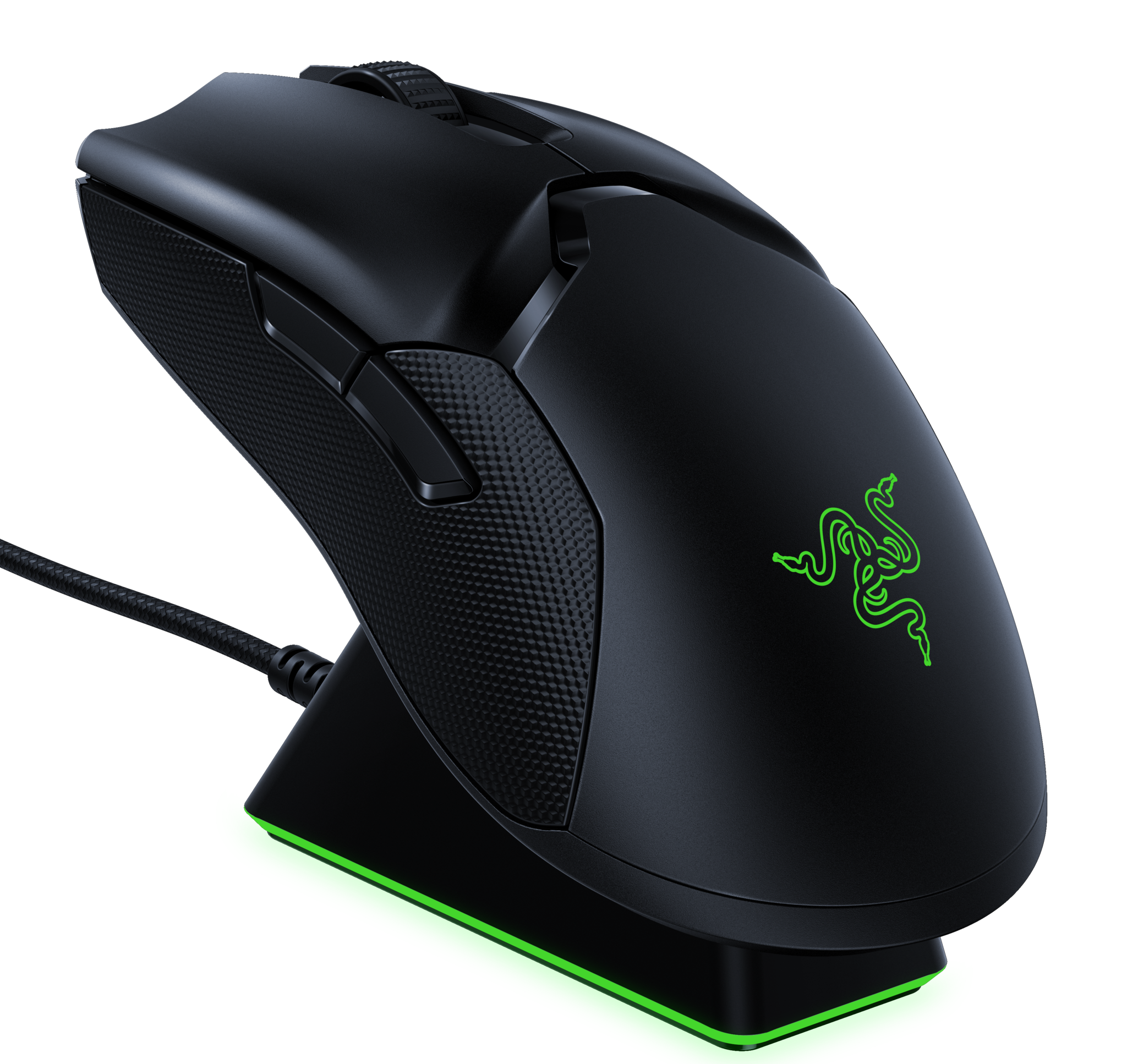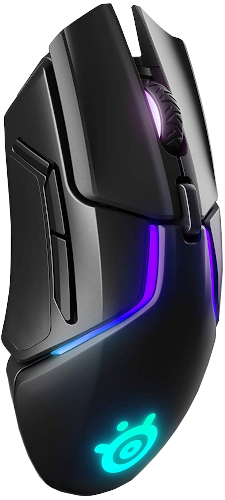Why wireless gaming mice still use RF receivers instead of Bluetooth
Bluetooth is excellent for a lot of things, just not so for high-end accurate wireless gaming mice.
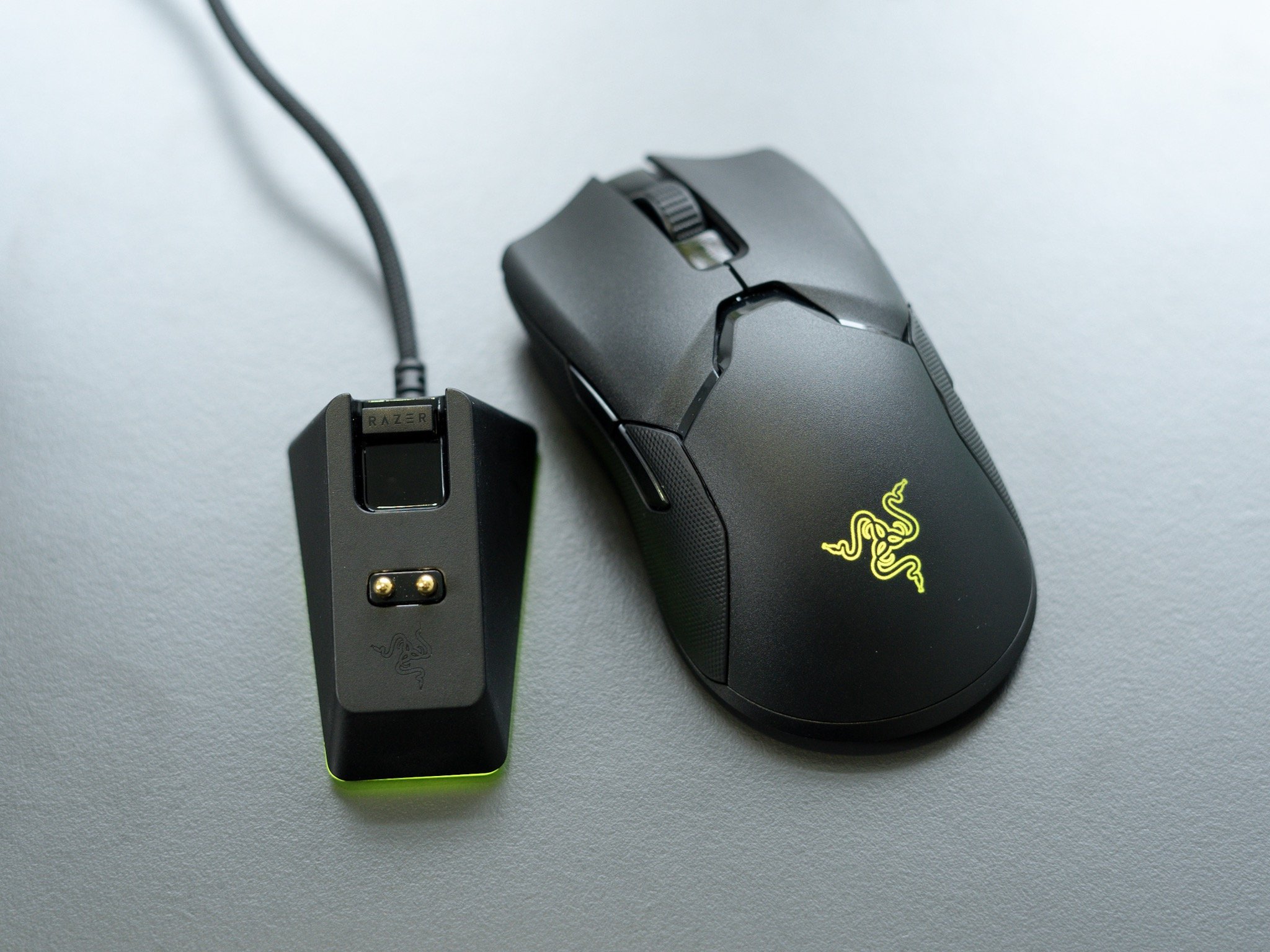

You can buy a Bluetooth mouse for a laptop, which boasts countless hours between charge. These mice don't need to be fancy, but offer a reliable connection and not require you to charge it once per day. This is where Bluetooth shines. Still, manufacturers with high-end gaming mice like the Razer Viper Ultimate and SteelSeries Rival 650 opt to use 2.4GHz radio frequency (RF) connections with receivers instead of Bluetooth. Why?
Bluetooth is excellent, but not perfect
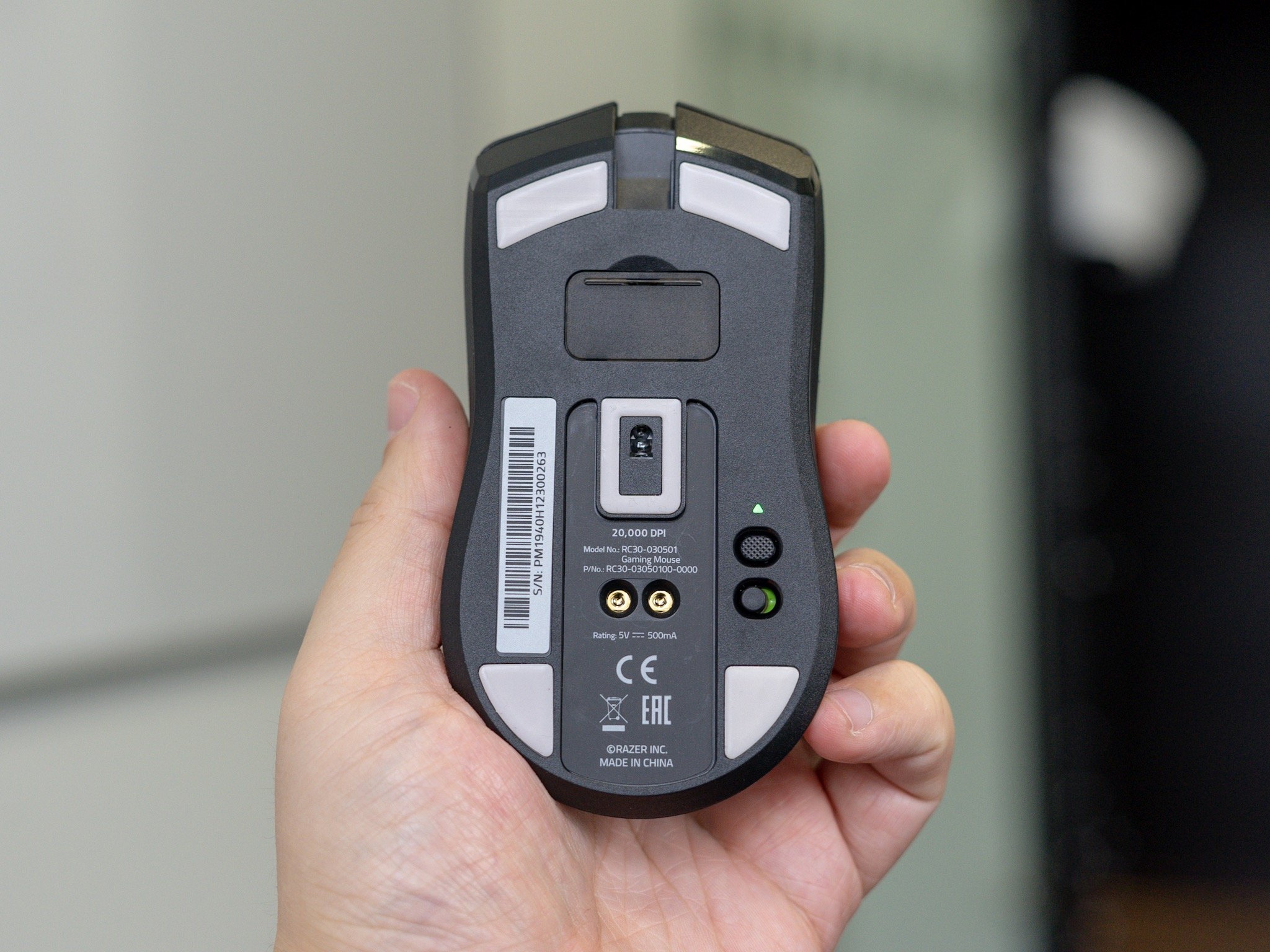
Bluetooth makes perfect sense in a variety of devices thanks to how energy-efficient the technology is, be it your smartwatch, headphones, or smart IFTT receiver. But even though the technology has been around for decades, there are still some considerable drawbacks that makes it a poor choice for specific hardware, including your gaming mouse.
2.4GHz RF wireless allows for faster polling, more accurate mice for gaming.
High-end gaming mice like the Razer Viper Ultimate come with a dedicated radio frequency (RF) receiver. It's easy to assume that Bluetooth would be a better option to save on using a dedicated receiver that requires a spare USB slot on your PC, but a 2.4GHz RF connection has advantages that make sense with a mouse. We received some wise words from Razer on why the company opts for its wireless tech over Bluetooth.
For starters, Bluetooth has limitations for the number of times data can be sent from the mouse to the receiving PC with a polling rate of up to 133Hz. That doesn't sound bad per se, but compared to the 2.4GHz RF wireless connection with the Razer Viper Ultimate at 1000Hz, it's a stark difference. This allows the mouse to be vastly more accurate in-game when you need to make sudden swift movements.
Even though the Razer Viper Ultimate takes a hit in the battery life department with Razer's wireless tech over Bluetooth, the benefits more than make up for it. Bluetooth Low Energy, which unlocks yet more hours of uptime between charges, utilizes "lazy frequency hopping," which can result in dropped packets (viewed as mouse lag). Razer's own technology continuously determines the cleanest channel every 1ms.
Gaming today requires ultimate precision
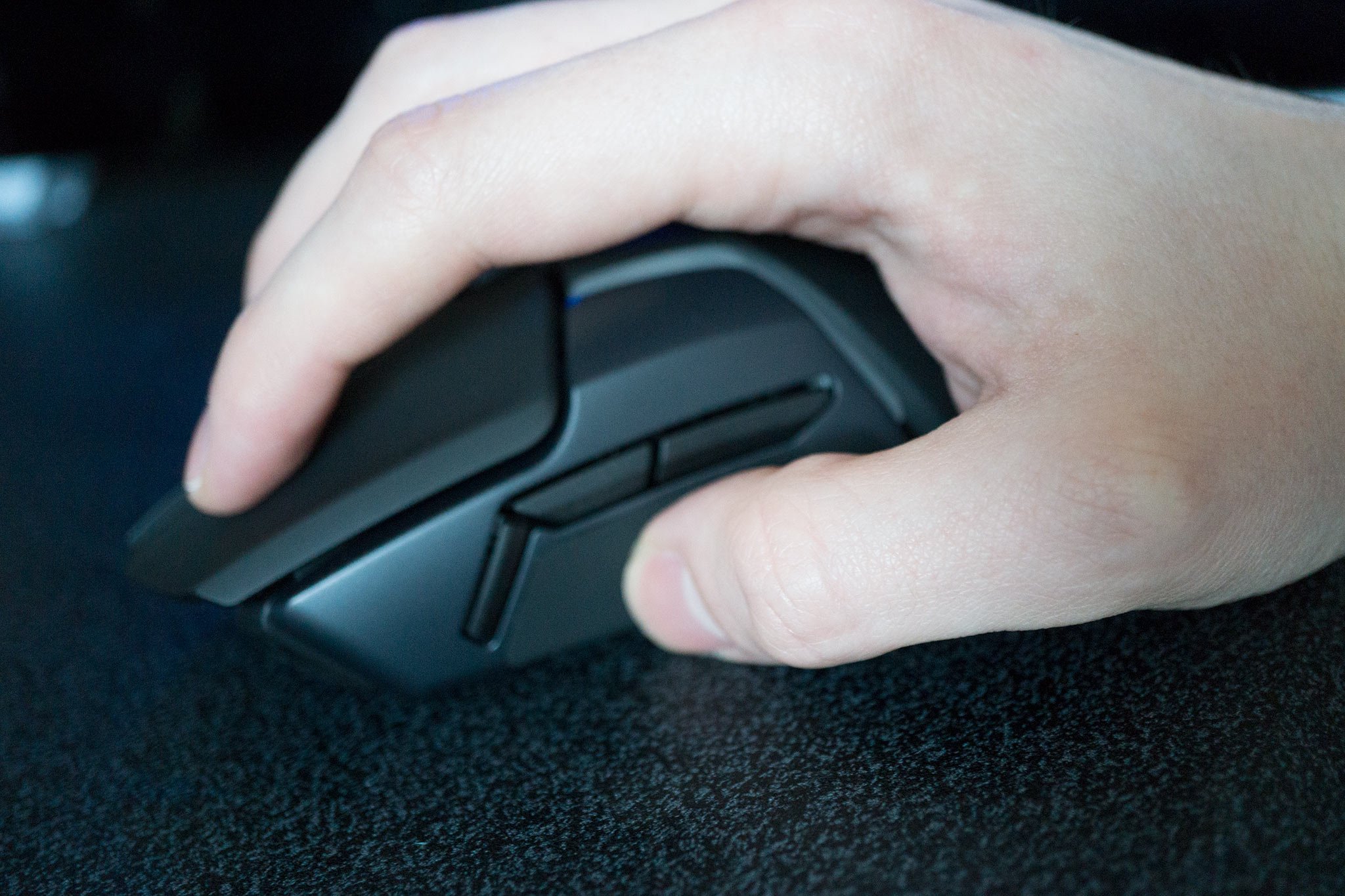
Razer isn't alone in using an RF connection for its premium wireless gaming mice. SteelSeries has the Rival 650, a wireless version of the exceptional Rival 600 gaming mouse. Like the Viper Ultimate, it requires a dedicated receiver, a spare USB slot on your PC, and is incredibly powerful (even when compared against wired mice).
SteelSeries is also a big fan of its own wireless tech over Bluetooth for similar reasons to Razer. When the mouse fires up, an RF connection is established instantaneously. The same cannot be said about a Bluetooth mouse — if you've ever used a wireless Bluetooth mouse with your laptop, you'll know it can take a second or two to establish a connection for use.
All the latest news, reviews, and guides for Windows and Xbox diehards.
In games, you want the fastest reaction time from yourself and your products.
"The biggest benefit of a 2.4GHz wireless connection over Bluetooth is the polling rate between the two," said Brian Luu, Product Manager of Mice at SteelSeries. "2.4GHz can reach up to an 1000Hz polling rate — meaning that every 1ms the mouse will send information to the computer about its position. Bluetooth, on the other hand, will typically have a polling rate of 125Hz (or 8ms) between each time it'll send information to the PC. In games, you want the fastest reaction time from yourself and your products that you rely."
Like the Viper Ultimate, SteelSeries also sees RF connections as a considerable advantage over Bluetooth, boasting about just how fast its own tech is. It's clear to see this with mouse performance too. When you reach a point where it's difficult to determine real-life performance differences between wired and wireless mice, you've achieved something spectacular.
Bluetooth wireless mice aren't all bad
We've touched on battery benefits of using Bluetooth, which include mice, but there are other advantages of Bluetooth too. It all depends on what you need the mouse to do. If it's for competitive gaming, you'll want to go with an RF wireless mouse like the Viper Ultimate or Rival 650, but if you simply need an affordable wireless mouse, Bluetooth may be an option.
For starters, you don't need a USB port, especially if you have built-in Bluetooth connectivity on your desktop or laptop PC. There's also the ability to connect to multiple PCs and switch between them easily. You cannot achieve this with RF receivers unless you disconnect the device from a PC and plug it into another. It's all down to personal preference and how you will use the mouse.
Finally, we have a price. Bluetooth mice are generally much more affordable than RF mice. Both the SteelSeries Rival 650 and Razer Viper Ultimate cost more than $100, but that's not an issue if you plan on buying the best mice available for better in-game performance.

All 20 stories from our 2019 Spotlight on Bluetooth package, all in one place. Whether it's a spot of Bluetooth history, a bit of humor or wireless memery, or some thoughtful analysis on the future of the short-range tech, you'll find it right here, courtesy of the folks at Android Central, iMore and Windows Central.
General Bluetooth
- Introduction to our 2019 Spotlight on Bluetooth
- Where did the Bluetooth name and logo come from?
- A history of all the major Bluetooth releases and updates
- Where Bluetooth is headed, and the challenges it must overcome to get there
- Bluetooth 5: Is it actually better, and do you need it?
- Why Bluetooth is so great (and so terrible): A story told via memes
- Why the Bluetooth in your car sucks (and always will)
- 12 weird Bluetooth gadgets the Mobile Nations team uses every day
Windows
- 5 major Bluetooth milestones at Microsoft
- How to master Bluetooth on Windows 10
- Why Xbox One (still) doesn't use Bluetooth
- Why wireless gaming mice still use RF receivers instead of Bluetooth
- Windows Central staff's favorite Bluetooth gadgets right now
Android
- A closer look at Google's Fast Pair technology and how it builds on Bluetooth
- Top tips for getting your Android devices to play nicely with Bluetooth
- Yes, Bluetooth sucks, but it was good enough to kill the headphone jack on phones
Apple and iOS

Richard Devine is a Managing Editor at Windows Central with over a decade of experience. A former Project Manager and long-term tech addict, he joined Mobile Nations in 2011 and has been found on Android Central and iMore as well as Windows Central. Currently, you'll find him steering the site's coverage of all manner of PC hardware and reviews. Find him on Mastodon at mstdn.social/@richdevine
